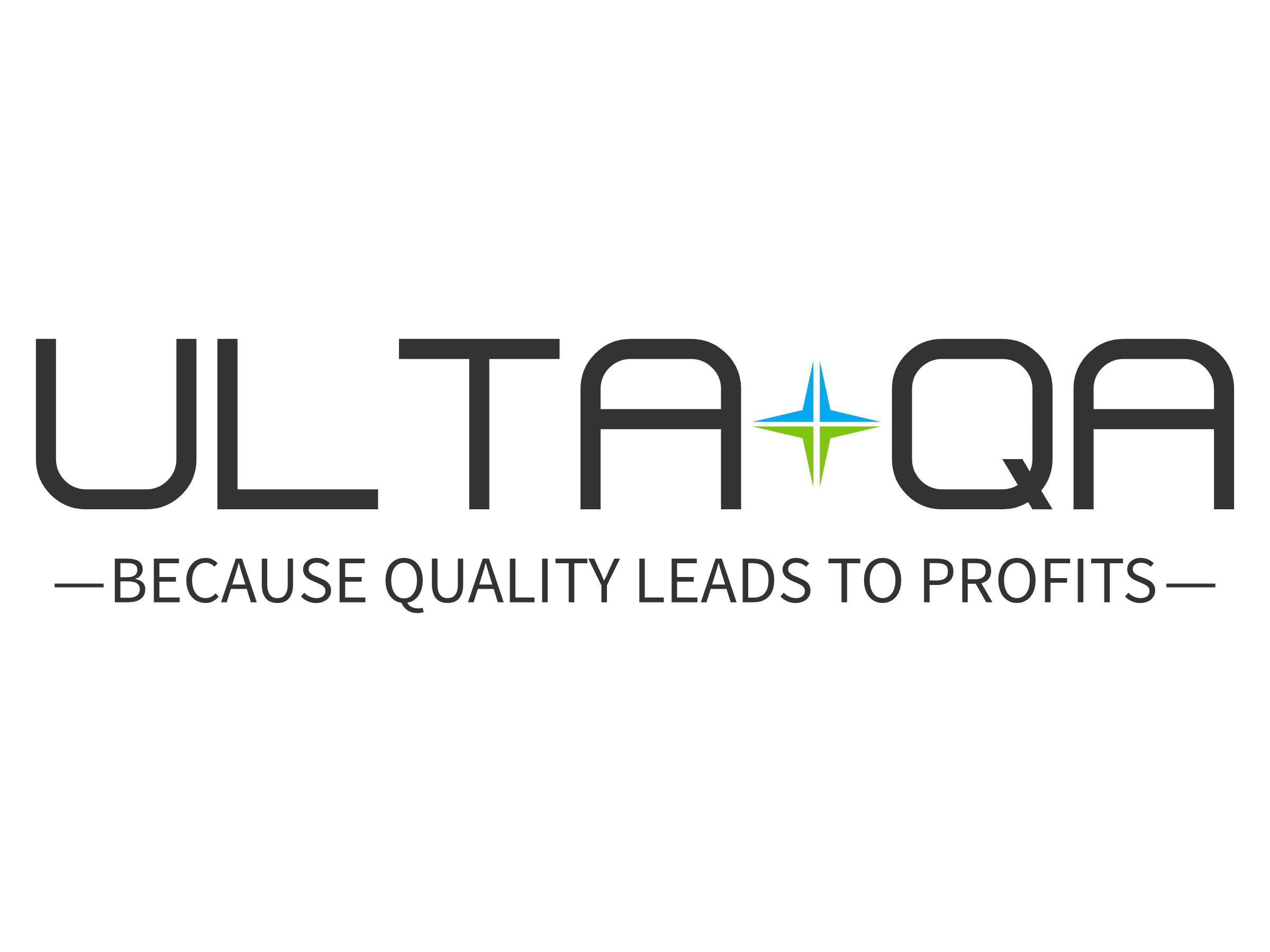In the realm of technology, Machine Learning (ML) has emerged as a powerful force reshaping industries. Its influence extends far beyond data analysis and prediction, making waves in the field of Quality Assurance (QA). In this blog post, we will delve into the profound ties between Machine Learning and QA, exploring how this dynamic synergy is propelling testing practices into a new era of efficiency and effectiveness.
The Evolution of QA: A Machine Learning Odyssey
The traditional boundaries of Quality Assurance are expanding as Machine Learning takes center stage. ML algorithms, fueled by vast datasets, have the capacity to learn and adapt, ushering in an era where QA processes are not just static checks but dynamic, learning systems. This evolution translates to more adaptive and resilient testing, capable of addressing the intricate challenges of modern software development.
Predictive Testing: ML’s Gift to QA
Machine Learning’s predictive capabilities are a game-changer for QA. By analyzing historical data, ML algorithms can forecast potential issues and areas of concern, allowing QA teams to proactively address them before they escalate. This shift from reactive to proactive testing enhances software quality, reduces debugging time, and ultimately accelerates the development lifecycle.
Smart Test Case Generation: ML’s Contribution to Efficiency
Creating comprehensive test cases is a cornerstone of effective QA. Machine Learning brings a touch of intelligence to this process by automating and optimizing test case generation. ML algorithms can analyze application behavior, identify critical paths, and generate test cases that cover the most relevant scenarios. This not only saves time but ensures that testing efforts are focused on areas that matter most.
Dynamic Adaptability: ML’s Response to Changing Codebases
In the fast-paced world of software development, codebases evolve rapidly. Machine Learning’s ability to adapt dynamically to these changes is a crucial asset for QA. ML-powered testing frameworks can recognize and adjust to modifications in the codebase, ensuring that QA processes remain robust and effective, even in the face of constant change.
Enhancing Collaboration: ML and Human Expertise
Contrary to the fear of automation replacing human roles, ML in QA enhances collaboration between machines and human experts. ML algorithms can analyze vast amounts of data, providing valuable insights that empower QA teams to make informed decisions. This collaborative approach leverages the strengths of both machines and humans, fostering a more intelligent and efficient testing environment.
Strategic Implementation: Unlocking ML’s Potential in QA
Implementing Machine Learning in QA requires a strategic approach. Identifying the right use cases, integrating ML seamlessly into existing workflows, and fostering a culture of continuous learning are key steps. By strategically harnessing ML’s potential, tech companies can elevate their QA practices and stay ahead in an ever-evolving technological landscape.
Conclusion: Embracing the ML-Driven Future of QA
As we navigate the technological landscape of tomorrow, the integration of Machine Learning into Quality Assurance emerges as a beacon guiding us toward more efficient, adaptive, and intelligent testing practices. Embrace the ML-driven future of QA, and witness the transformation of testing from a static process to a dynamic, learning journey, ensuring the delivery of high-quality software in the digital age.
